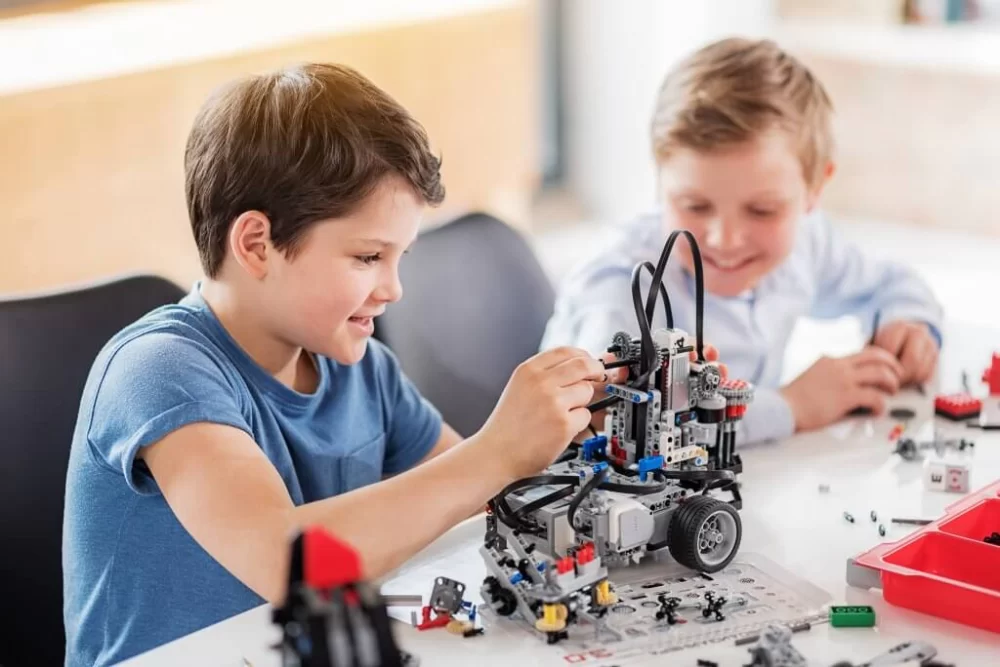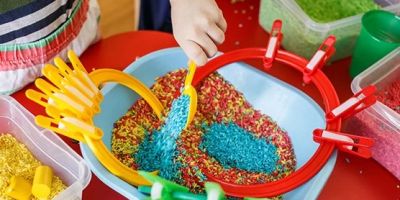
- Why Imaginative Storytelling Toys Are Essential for Child Development
- Characteristics of the Best Toys for Imaginative Storytelling and Play
- Real-Life Examples of Imaginative Play with Storytelling Toys
- How to Choose the Right Imaginative Storytelling Toys for Your Child
- Where to Find the Best Toys for Imaginative Storytelling and Play
Why Imaginative Storytelling Toys Are Essential for Child Development
Imaginative storytelling and play form the backbone of a child’s cognitive, emotional, and social development. Toys designed for imaginative storytelling encourage children to explore new ideas, create narratives, and develop empathy by putting themselves in different characters’ shoes. Unlike passive entertainment, these toys actively engage the child’s mind, fostering creativity and critical thinking skills that serve them well beyond their early years.
Through storytelling play, children not only entertain themselves but also develop essential language skills. When kids invent stories around their toys, they practice vocabulary, sentence structure, and expressive communication. This interaction can be particularly beneficial in early childhood education settings where verbal skills are a major focus.
Moreover, imaginative storytelling toys help children process emotions and experiences. By projecting feelings onto characters or scenarios, kids find safe outlets for expressing fears, joys, or frustrations. This emotional exploration can build resilience and emotional intelligence.
1. Enhances Creativity and Cognitive Flexibility
Children who engage regularly with imaginative toys show greater flexibility in problem-solving and creativity. These toys stimulate the brain to form unique connections between ideas, improving abstract thinking.
2. Promotes Social Skills Through Role-Playing
Storytelling play often involves multiple players, encouraging cooperation, negotiation, and perspective-taking. Such social interactions lay the foundation for healthy relationships.
Characteristics of the Best Toys for Imaginative Storytelling and Play
Not all toys equally foster storytelling and imaginative play. The best toys have specific qualities that unlock a child’s creative potential:
Open-Ended Nature
The best imaginative toys do not restrict the child’s play to one predetermined use. Instead, they allow multiple ways to interact. For example, wooden blocks can be castles, cars, or magical creatures, depending on the child's imagination.
Encouragement of Narrative Development
Toys that inspire story creation — such as dolls, action figures, or themed playsets — provide visual prompts that help children build plots and develop characters.
Safe and Durable Materials
Because imaginative storytelling toys often involve extended playtime and active handling, they should be made of sturdy, non-toxic materials that withstand rough usage.
Inclusive and Diverse Themes
Toys reflecting diverse cultures, abilities, and experiences broaden children’s understanding of the world and encourage inclusive storytelling.
Real-Life Examples of Imaginative Play with Storytelling Toys
Consider the story of Mia, a seven-year-old who received a set of fantasy character figurines. Mia transformed her living room into a magical kingdom, creating elaborate plots where her characters faced challenges and adventures. Over several weeks, her storytelling skills blossomed, and she began writing short stories inspired by her play.
Another example is a preschool classroom where educators introduced storytelling puppets. Children took turns creating puppet shows that reflected their daily experiences and emotions. This activity helped shy children express themselves more confidently and enhanced group collaboration.
These cases highlight how thoughtfully selected imaginative toys become powerful tools in nurturing creativity and communication.
How to Choose the Right Imaginative Storytelling Toys for Your Child
When selecting toys for imaginative storytelling and play, consider the child’s age, interests, and developmental stage. Younger children benefit from simple open-ended toys like building blocks or animal figurines, while older children may enjoy more complex playsets or role-playing kits that allow deeper narrative exploration.
It is equally important to observe how a child naturally plays. If they enjoy creating characters, dolls or action figures might be ideal. For those who love constructing worlds, modular playsets or craft kits might be better suited.
Parents should also look for toys that encourage interaction — either between siblings, friends, or even solo play that stimulates the imagination.
Expert Tips for Selecting Imaginative Toys:
- Choose toys with minimal electronic components to encourage open-ended play.
- Focus on quality over quantity; a few versatile toys provide more value than many single-use ones.
- Consider gender-neutral options to promote inclusivity and diverse storytelling.
Where to Find the Best Toys for Imaginative Storytelling and Play
For parents and educators seeking high-quality imaginative storytelling toys, Knight Toys offers a thoughtfully curated selection tailored to spark creativity and imaginative play. Their collection features toys that meet the essential characteristics described above, ensuring safe, engaging, and versatile options suitable for children of all ages.
Whether you’re looking for timeless wooden blocks, story-themed playsets, or diverse character figures, Knight Toys is a reliable destination where you can discover toys that inspire narratives and creative adventures.
Choosing the right toys can be a game-changer in how children experience storytelling and play. With the right tools, kids don’t just play—they imagine entire worlds, practice language skills, and develop emotional intelligence that lasts a lifetime.





